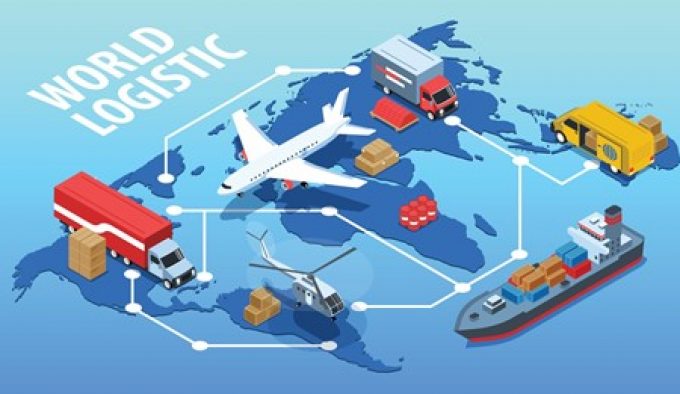Port single windows will cut 'unfair' box line levies
The deployment of digital ‘single windows’ in ports has the potential to bring considerable improvements ...

This article is a follow-up to two earlier pieces, produced largely by the same authors, outlining the development of semantic and technical interoperability in digitising global multimodal supply chains.
Smart Container solutions empower supply chain stakeholders to enhance their operations using reliable physical data to provide ...
CMA CGM South Korean staff strike over bonuses after bumper 2024 profit
MSC switches two more Asia-Europe port calls from congested Antwerp
Ports and supply chain operators weigh in on funding for CPB
Nightmare for Bangladeshi exporters as congestion and tariffs bite
Carriers introduce surcharges as congestion builds at African ports
Box ship overcapacity threat from carrier appetite for new tonnage
CMA airline returns two freighters, while ANA takeover of NCA looms
Tradelanes: Export boom in Indian sub-continent triggers rise in airfreight rates

Comment on this article